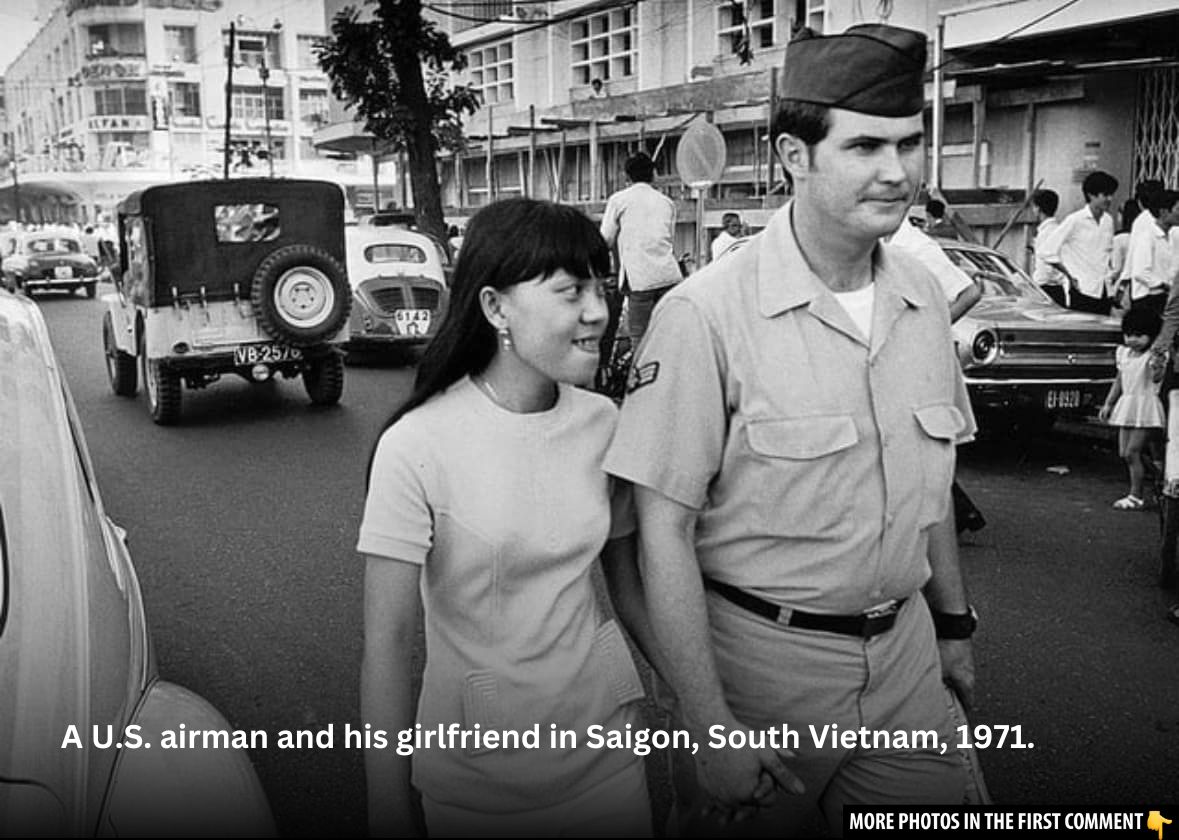In the midst of the Vietnam War, Saigon transformed into a chaotic hub of conflict, commerce, and survival. At the heart of this tumultuous period were the bar girls—young Vietnamese women navigating the complexities of war-torn life. Dressed in mini-skirts and offering their services to American GIs, they became emblematic of the era’s contradictions. While they faced exploitation and stigma, these women formed unexpected friendships and survived against all odds. Through their stories, we uncover the untold experiences of a group whose resilience often went unnoticed amidst the larger narrative of war.
The Rise of Saigon’s Bar Culture (1960s-1970s)
The 1960s marked the peak of the U.S. military presence in Vietnam. As the war escalated, American soldiers began pouring into South Vietnam, and Saigon, the country’s capital, became the center of a sprawling, chaotic war economy. At the core of this new economy was a thriving black market and an increased demand for services, with bars and brothels becoming hubs of activity. The transformation of Saigon was profound: once a bustling city of commerce and culture, it now catered to the needs of the military, with everything from food to entertainment centered around the American forces.

By the mid-1960s, bar girls became a key part of the social landscape, offering everything from companionship to illicit substances. These women, many of whom came from impoverished rural backgrounds, were thrust into the chaotic urban environment, where survival often meant finding work in the booming sex industry. With the sudden influx of soldiers, Saigon’s nightlife flourished, and bar girls became regular fixtures in bars, brothels, and military “recreation centers” that catered to American GIs.
Video
Watch the video to explore Saigon City between 1970 and 1975! Don’t miss this fascinating look at the city’s history during the Vietnam War.
Life as a Bar Girl: Navigating Chaos and Survival
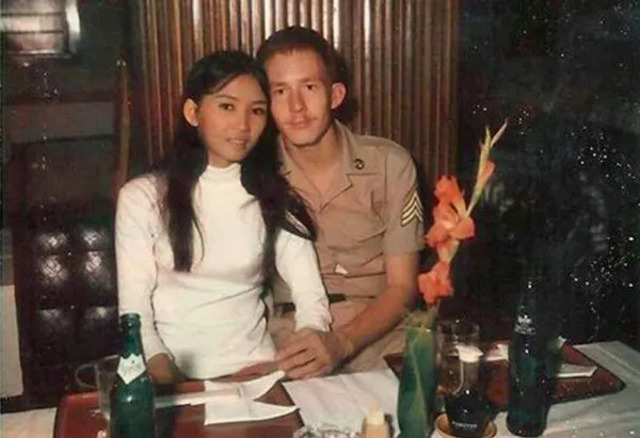
The life of a bar girl in Saigon during the war was anything but easy. Most of these women were young, with many still teenagers, and they lived in a city consumed by war. They were often expected to provide not only sexual services but also companionship to men who had been away from home for long stretches of time. For many, the decision to become a bar girl was born out of economic necessity rather than choice, as they sought a way to provide for their families or escape the hardships of rural life.
As bar girls, these women faced long hours in difficult working conditions. The bars were not only places of entertainment but also spaces where vulnerability and survival were tightly woven. While the bar girls offered a range of services, their experiences were shaped by the constant threat of exploitation, disease, and even violence. Many became mothers, giving birth to Amerasian children who were often stigmatized and rejected by Vietnamese society. The emotional toll of their work was immense, yet many women found solidarity and formed unlikely friendships with one another as they navigated their daily lives in the bustling city of Saigon.
The Health Risks and Societal Stigma

Bar girls in wartime Saigon were also exposed to significant health risks, particularly with the spread of venereal diseases, a major concern for the military authorities. To combat the issue, American officials conducted regular medical checks on the women, though there was little regulation regarding their ages or the conditions in which they worked. The stigma surrounding these women was often compounded by myths and rumors that circulated among the GIs, including the infamous urban legend of the “vagina dentata,” or teeth in the vagina.
Such myths and fears reflected the anxieties that American soldiers had about Vietnamese women. They were often portrayed as both objects of desire and threats to their safety. These misconceptions were not only damaging to the women but also fueled the underlying tension between the U.S. soldiers and the local population. Despite the health risks and societal stigmas, bar girls continued to work in the city, with many seeing it as their only option to survive in an economy that left little room for upward mobility.
Myths, Stereotypes, and the Military’s Perception

As the Vietnam War progressed, the relationship between American soldiers and Vietnamese bar girls grew more complicated. Fear and suspicion ran high, with many soldiers stereotyping the women as “dirty” or even suspecting them of espionage. This perception was exacerbated by rumors that the women were possibly working for the enemy, adding to the tension between the soldiers and the locals.
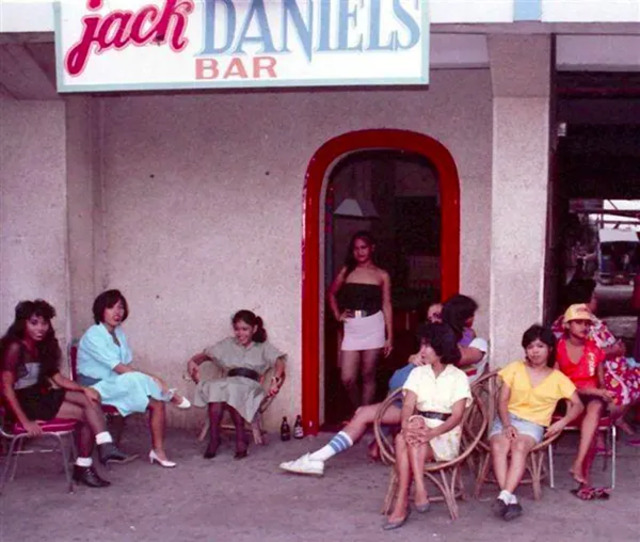
The presence of so many prostitutes in Saigon even led U.S. Senator J. William Fulbright to criticize South Vietnam as being “America’s brothel.” This harsh critique highlighted the growing disillusionment with the U.S. military’s influence over the city and the implications of the war on the social fabric of Vietnam. The relationship between the military and the local women became emblematic of the broader social and political tensions that plagued the region during the war.
Inside the Pleiku Brothel: A Glimpse into “Recreation Centers”
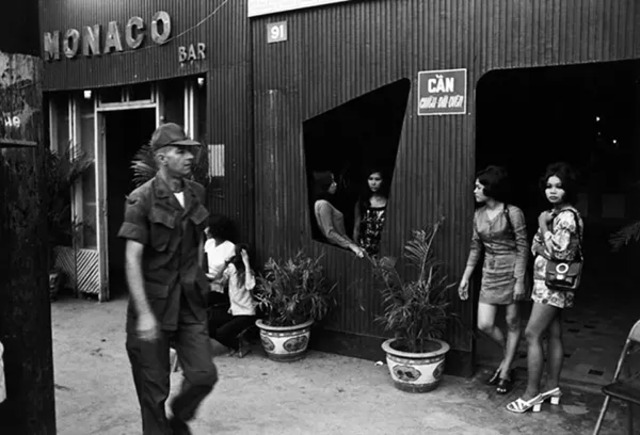
One of the most well-known “recreation centers” in the Saigon area was the Pleiku brothel, where young women were selected based on their looks, personality, and English skills. American GIs could purchase a ticket for 300 piastres ($2.50), which would allow them up to three hours of time with any of the women. The Pleiku brothel was carefully organized, with a matron overseeing the women and ensuring that the operation ran smoothly. Between 100 and 300 soldiers visited the brothel each day, making it a major part of the city’s social infrastructure.
While the earnings of the women were modest by American standards, they were substantial in wartime Vietnam, where the average worker earned a fraction of what the bar girls made. Some women could make as much as $125 per month, which was a respectable income given the circumstances. However, their work was not without its emotional and physical costs, as many faced the trauma of exploitation and the stigma attached to their profession.
Post-War Rehabilitation and Changing Social Dynamics
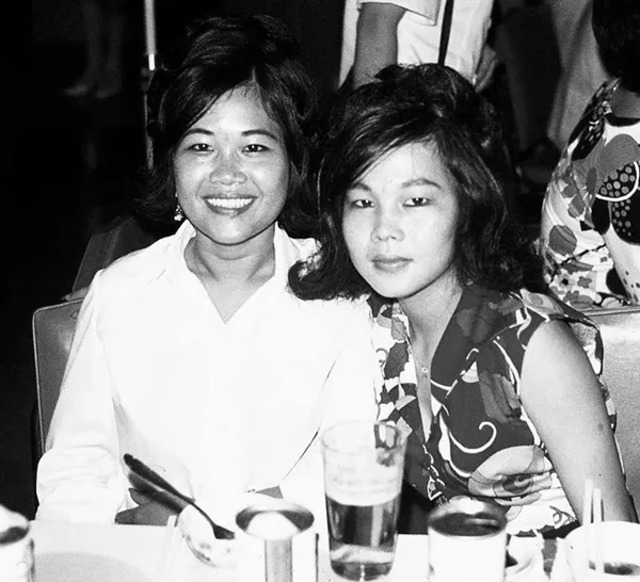
After the end of the war, the Vietnamese government implemented a rehabilitation program aimed at helping former prostitutes reintegrate into society. Alongside this, a national HIV/AIDS education initiative was launched to address the public health concerns that had arisen during the war. However, despite these efforts, the economic transformation of Vietnam in the 1990s led to a resurgence of prostitution, this time catering to a growing class of professional clients. The complex dynamics of the bar girls’ lives during and after the war reflected the evolving challenges of post-war Vietnam.
Conclusion: The Enduring Legacy of Vietnam War’s Social Impact
The bar girls of Saigon left a complex legacy that continues to shape Vietnam’s history and social landscape. Through their resilience, courage, and unlikely friendships, they navigated the chaos of war, offering companionship and survival in a city ravaged by conflict. Despite the stigma and hardships they faced, these women formed a crucial part of Saigon’s wartime economy, and their stories deserve to be remembered.
Today, as we look back at the Vietnam War through the lens of history, the images of these bar girls serve as powerful reminders of the human costs of conflict, the ways in which war reshapes lives, and the resilience of those who survive in the most difficult circumstances. Their stories are a testament to the strength of women who, in the face of adversity, carved out a space for themselves in a world that often sought to deny them agency.
Gallery: Vintage Photos of Saigon’s Bar Girls
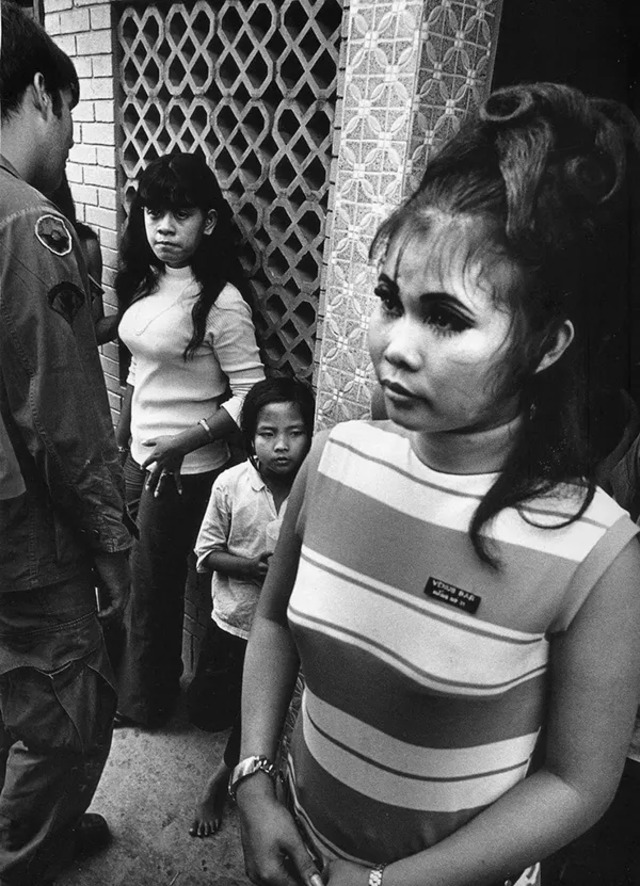
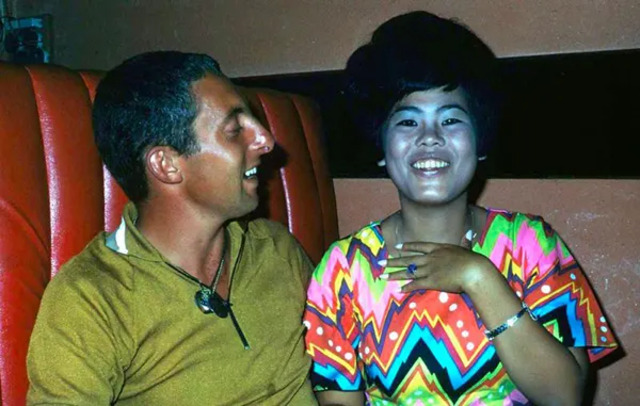

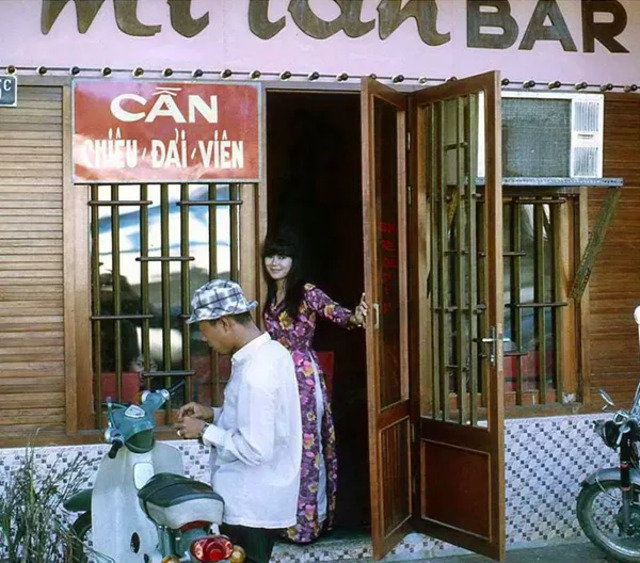
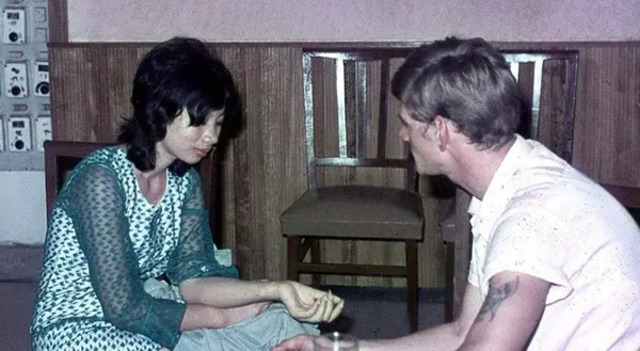

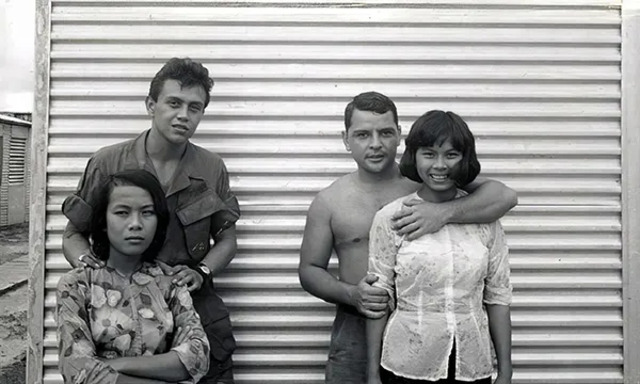
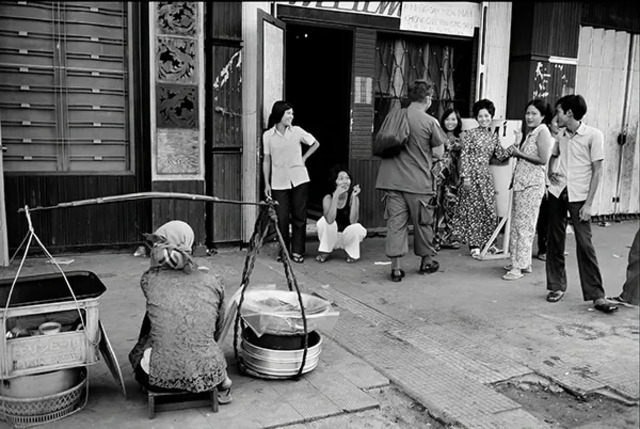
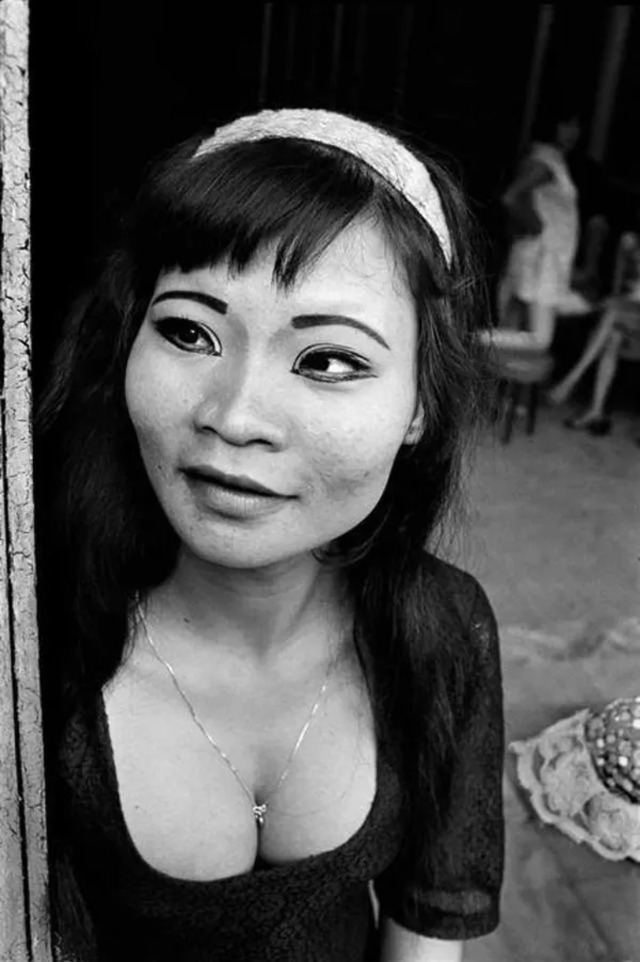
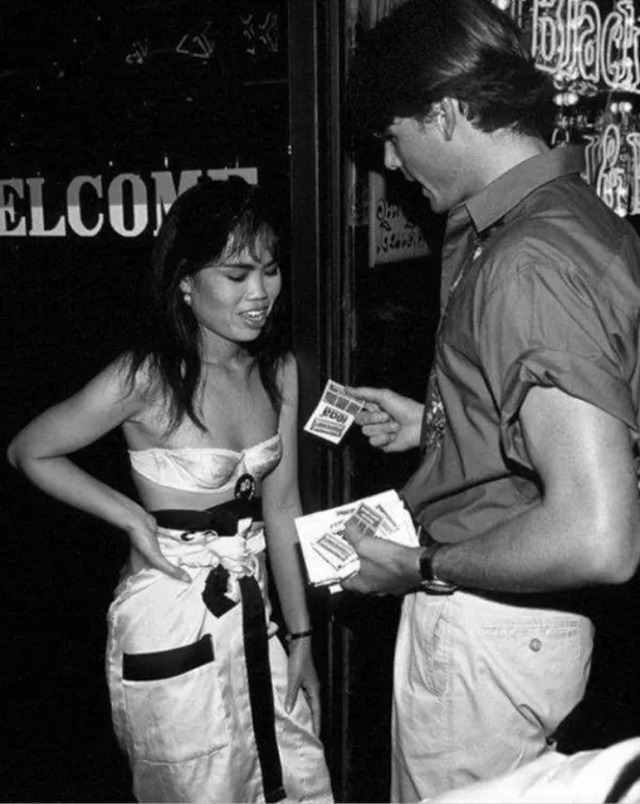

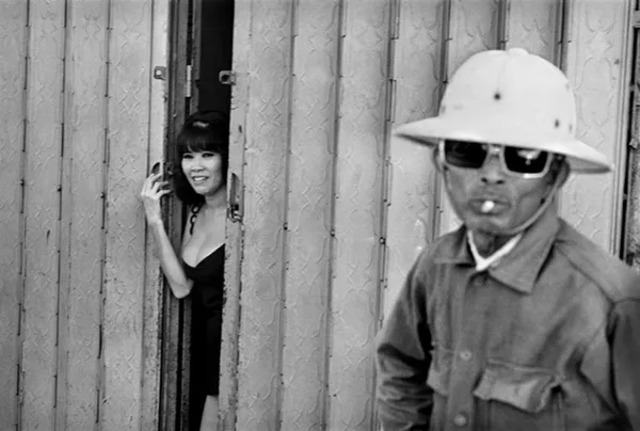

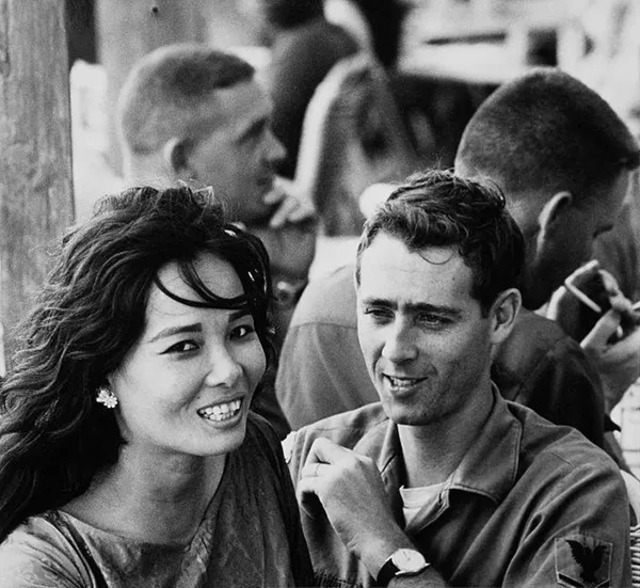
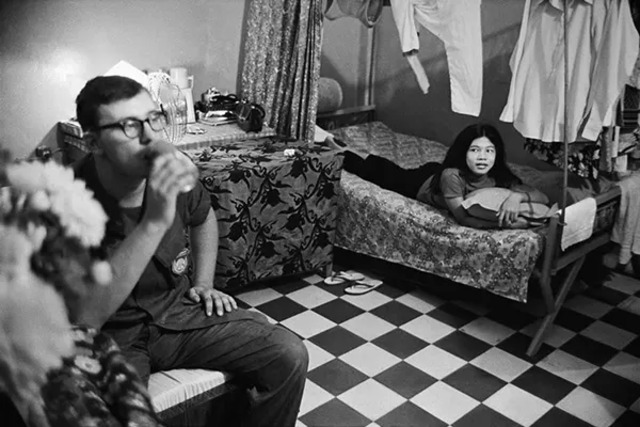
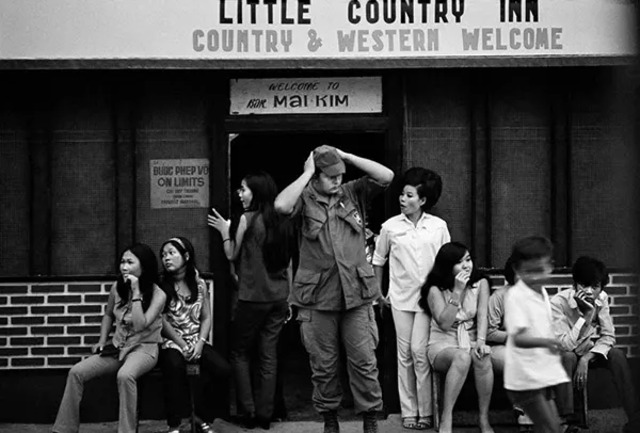
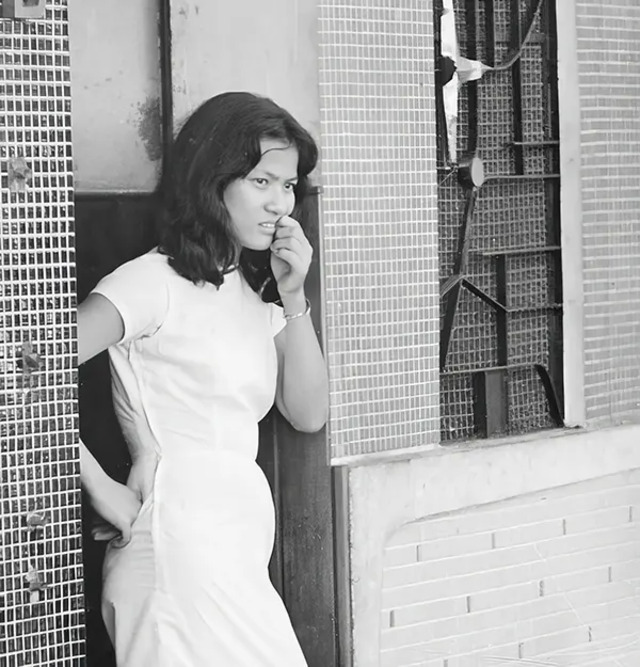
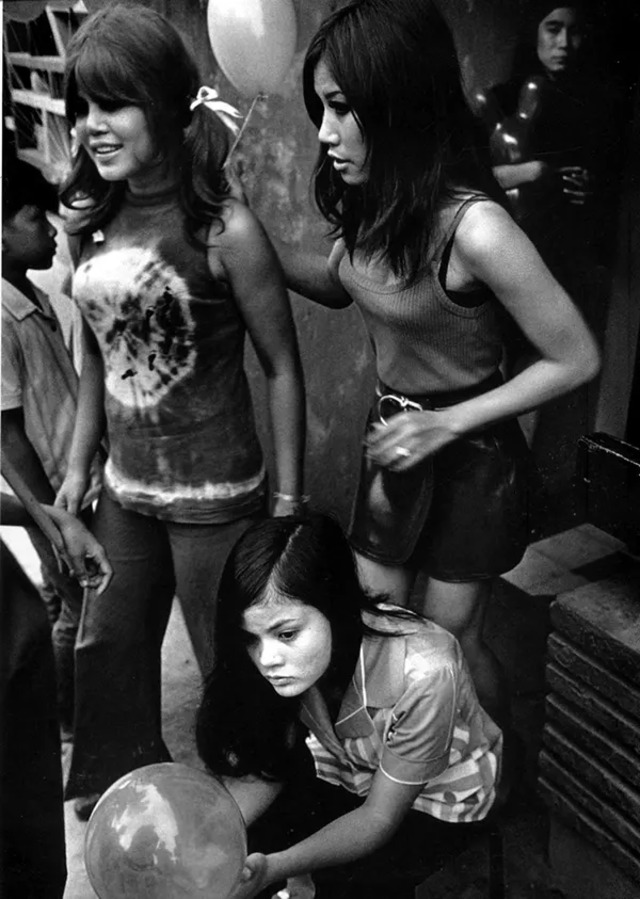
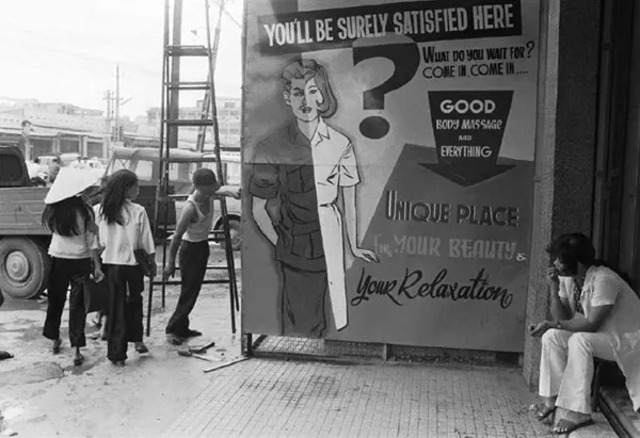
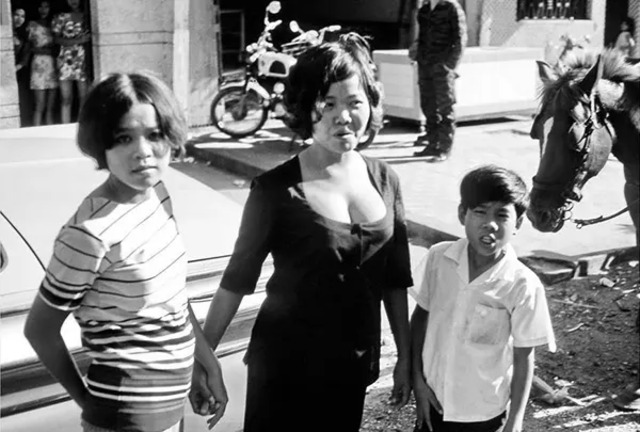

Video
Watch the video to see Saigon in 1968, during the Vietnam War, captured on 8mm film! Don’t miss this rare glimpse into the city’s life during the 1960s.
